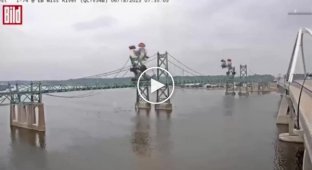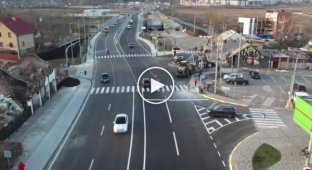How a young heroic girl Kate Shelley saved an entire train (8 photos + 1 video)
In 1901, the Chicago & North Western Railway built a new bridge across the Des Moines River in Boone, Iowa, USA. The bridge was officially named the Boone Viaduct, but locals quickly nicknamed it the Kate Shelley High Bridge in honor of the heroic 15-year-old Catherine Carroll "Kate" Shelley, who saved a train carrying passengers from disaster. 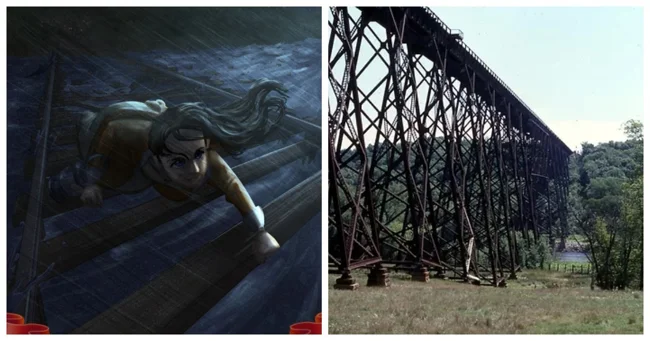
It was July 6, 1881. A severe storm swept through Boone County, and the waters of Honey Creek rose quickly, washing away the timbers that supported the trestle bridge over the creek. Concerned about the flood, the Chicago & North Western Railway sent two locomotives with pushers to check the bridges along the route for possible damage. One locomotive headed west from Moingona toward Ogden, and the other headed east toward Boone. The second locomotive made it across the long bridge over the Des Moines River without incident, but as it crossed Honey Creek, the bridge collapsed, sending the locomotive and its four engineers into the swollen creek below. 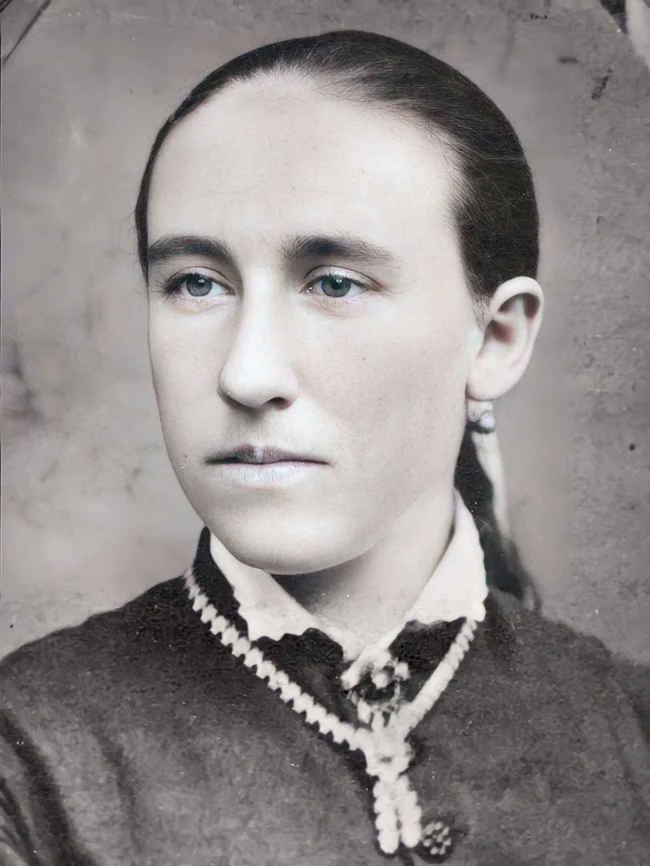
Kate Shelley
Kate Shelley, a 15-year-old Irish immigrant girl living with her family near the creek, heard the crash. Still in her nightgown, she ran outside and toward the collapsed bridge, finding two men already on the bank clinging to trees on the riverbank. The other two were lost in the water. Kate called out to them that she would get help, then turned toward Moingona. 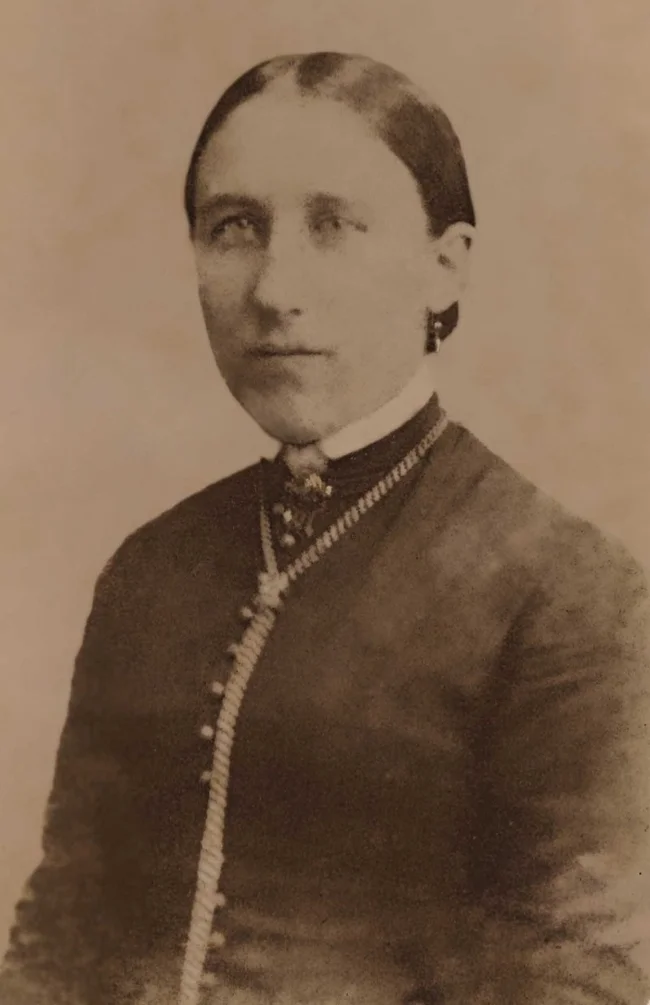
Kate Shelley
Kate knew that in less than an hour, an express passenger train would be arriving at Moingona, stopping before heading east across the Des Moines River and then over Honey Creek. If she didn't get to the Moingona depot in time to warn the railroad about the collapsed bridge, there would be a much worse accident at Honey Creek.
To get to Moingona, Kate first had to cross a massive overpass over the Des Moines River. The bridge was nearly 700 feet long, and the sidewalks had been removed. Kate knelt down and, holding onto a guardrail with one hand and a railroad tie with the other, began to crawl across the bridge. 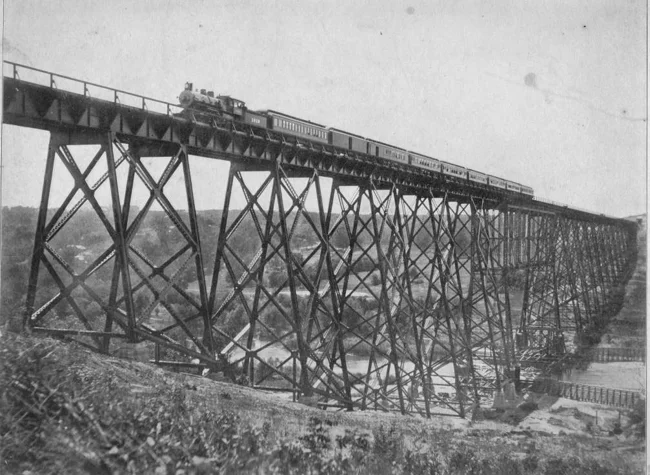
The bridge where Kate Shelley crossed the Des Moines River
Later, in 1888, speaking in Dubuque, she said:
Halfway across, a piercing flash of lightning showed me the angry torrent nearer than ever, and a huge tree, with the earth still hanging by its roots, rushing across it toward the bridge and, it seemed, toward the very spot where I stood. Fear brought me to my knees, and I clasped my hands in terror and, I hope, in prayer lest the blow should carry the bridge away. But the monster swept under the bridge, its branches scattering foam and water all over me. 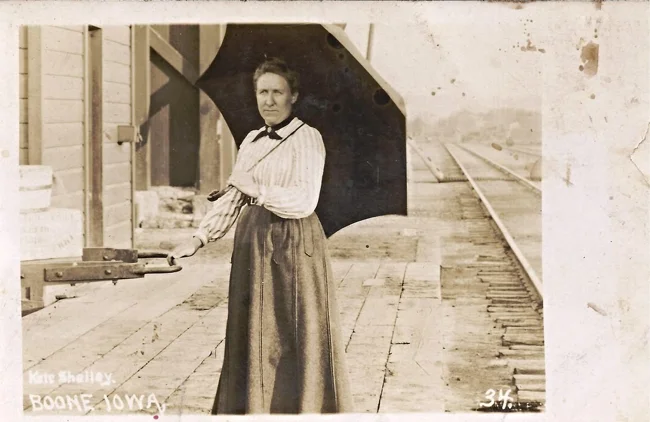
Kate finished the crossing, ran the remaining distance to the station, shouted out the news and fainted. The stationmaster immediately sent a warning telegram, and the incoming train with 200 people on board was stopped. The railroad organized a rescue operation and went to look for people stuck in Honey Creek. Two men named Edgar Wood and Adam Agar were pulled out of the water, but the other two, unfortunately, could not be saved.
Kate became famous. The railroad gave her a gold medal and a lifetime pass. The Order of Railroad Brakemen gave her a gold watch and chain. The state of Iowa also gave her a gold medal. Social activist Francis Willard paid for part of her college education, and a Turkish immigrant raised money to pay off her debts. 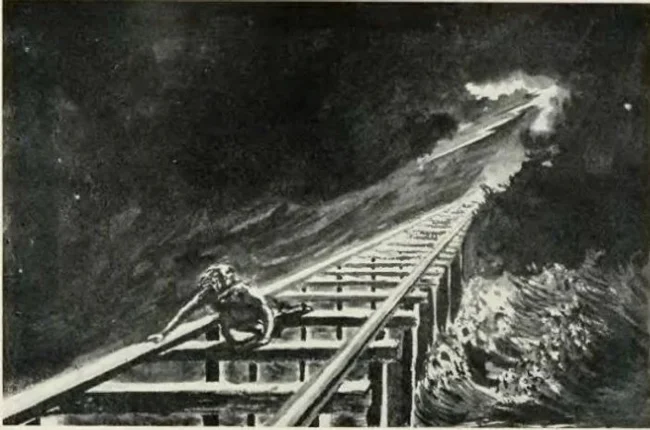
In 1901, a massive steel trestle was built over the Des Moines River. Although the Chicago and Northern Western Railroad called it the Boone Viaduct, people began calling it the Kate Shelley High Bridge, and the unofficial name stuck. Kate became the first woman in the United States to have a bridge named after her. In 2009, the Union Pacific Railroad built a second viaduct next to the old one. It was officially named the Kate Shelley Bridge. 
Kate received many marriage proposals from young men, but she never married and lived most of her life with her mother and sister Mary. Shelley worked many jobs, including as a teacher in Boone County, until 1903, when the Chicago and North Western Railway gave her a position as a station agent at the new depot. 
Kate Shelley High Bridge and the New Concrete Bridge
Kate Shelley died in 1912. Years later, when the Chicago and North Western Railway began operating streamlined passenger trains, they named one of them the "Kate Shelley 400."













